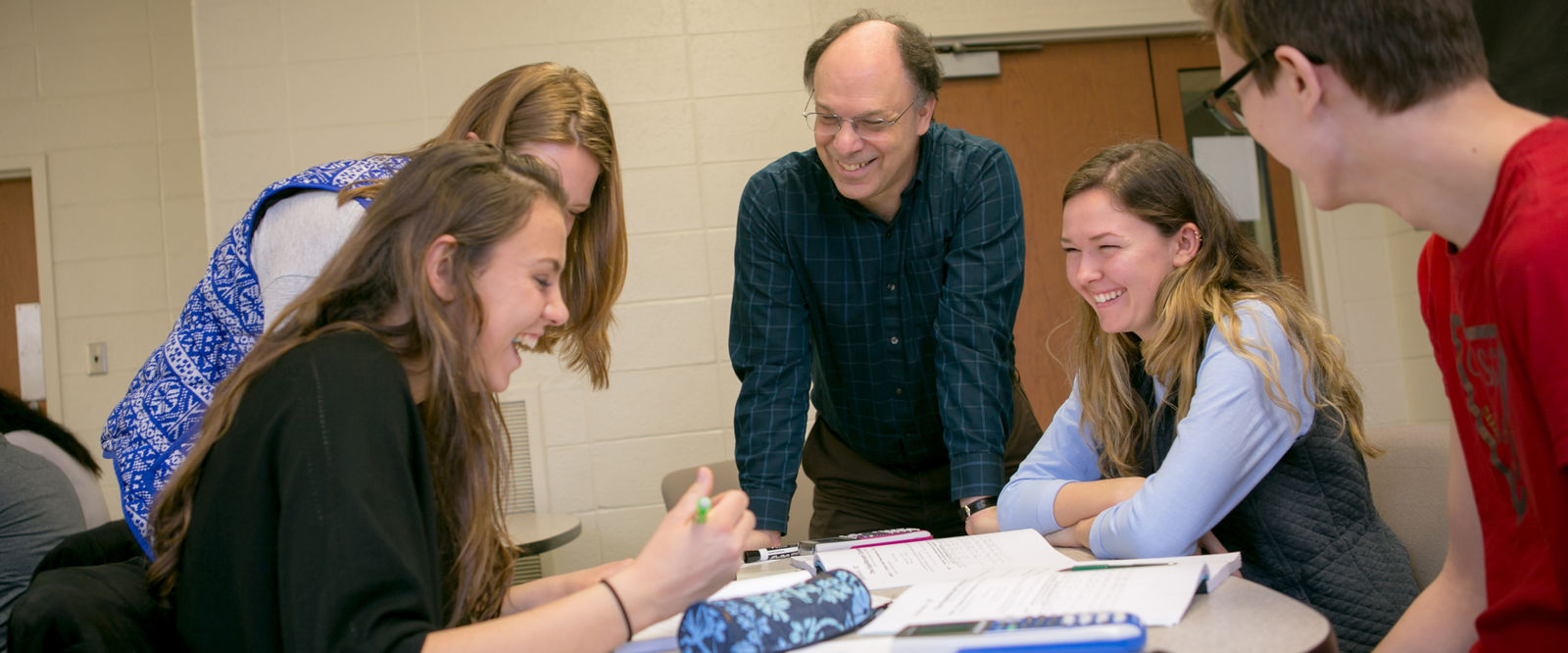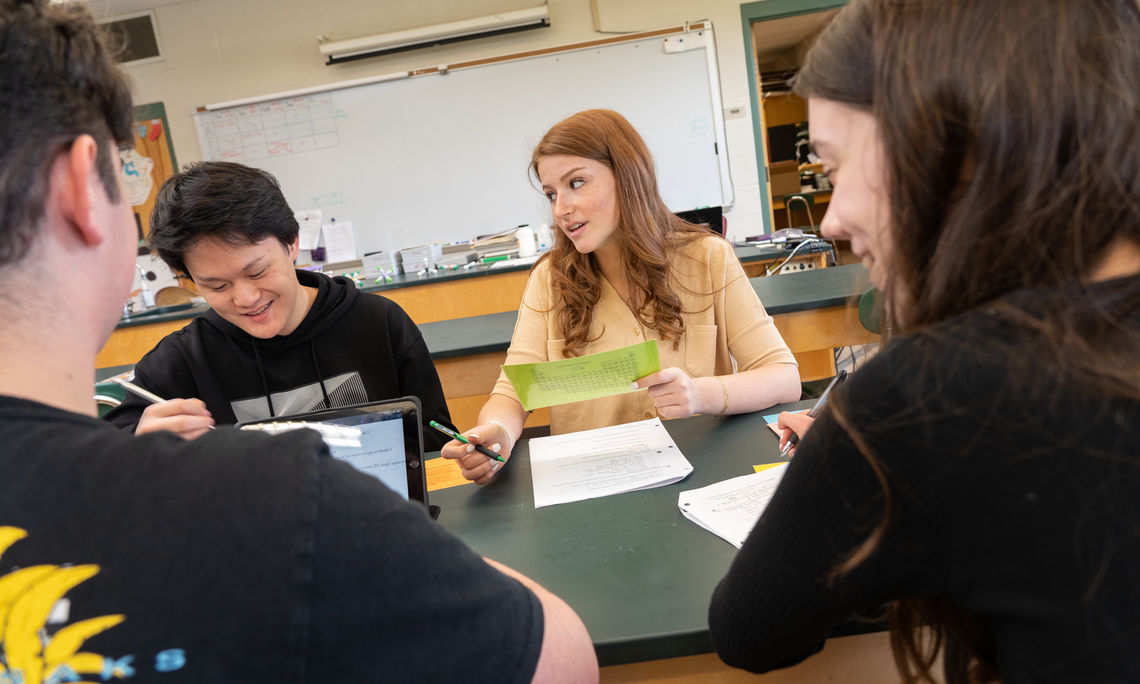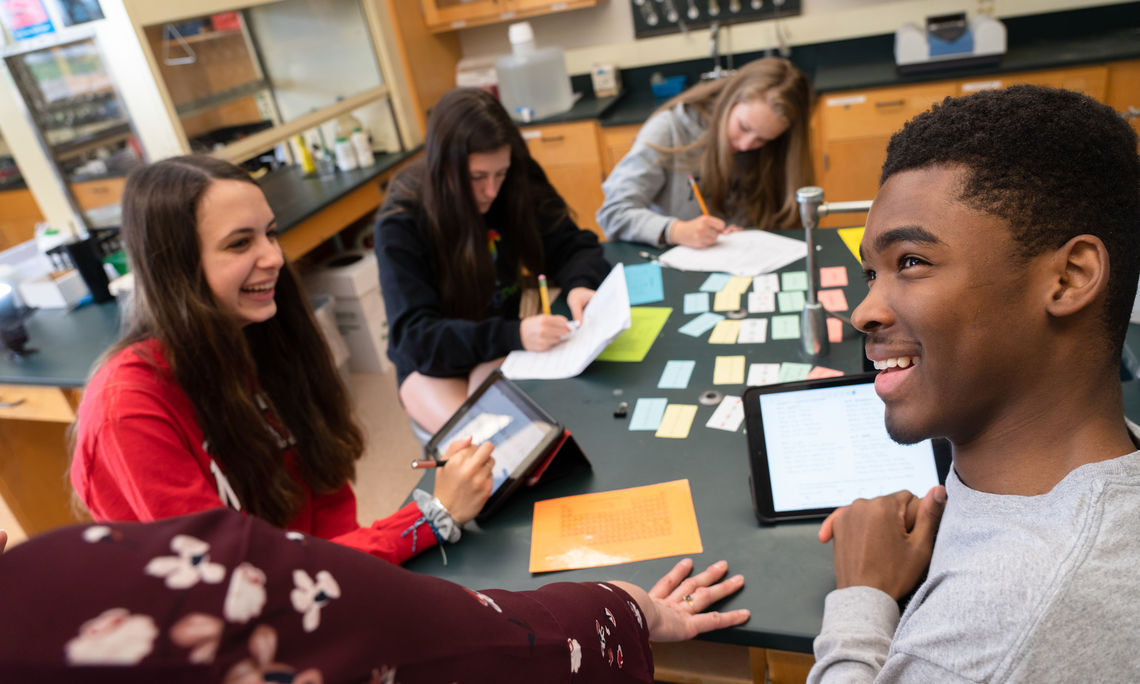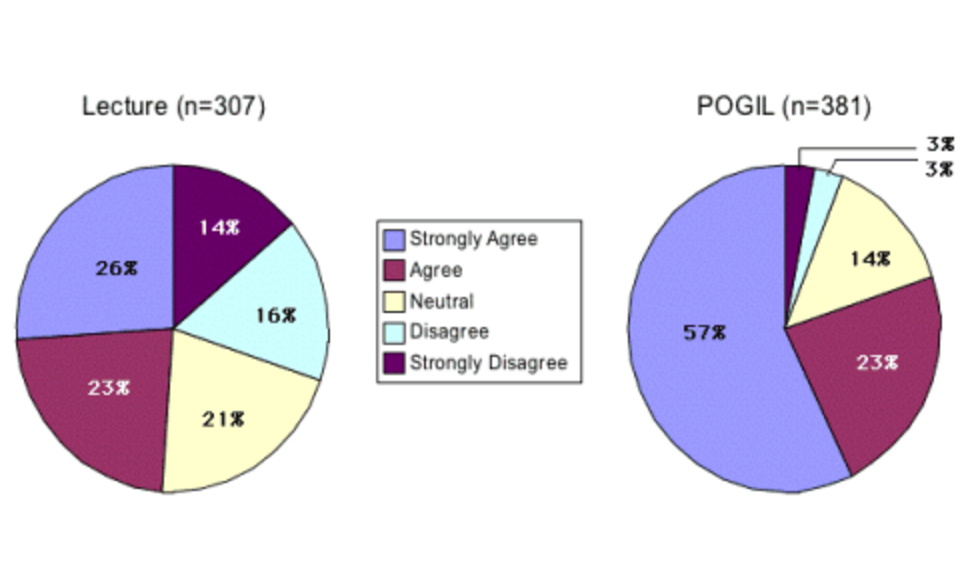
The effectiveness of POGIL has been assessed at a range of institutions and for a variety of courses.
While the inquiry approach to science teaching has been widely recommended to promote deep content understanding, there is also increased expectation that process and other transferrable skills should be an integral part of science pedagogy. A 2017 meta-analysis of 21 studies involving 7,876 students compared POGIL to standard lecture methods (Walker, Warfa), and found that providing opportunities to improve process skills during class instruction leads to measurable student success in pass/fail rates and course achievement outcomes. POGIL substantially improved the odds of students passing a class—two times higher than in a standard lecture classroom, reducing the risk of failing by nearly 38% and increasing the potential to retain more students in STEM disciplines.

The effectiveness of POGIL has been assessed at a range of institutions and for a variety of courses. Several common, and important, outcomes are observed in all of these studies:
-
Student attrition is lower for POGIL than traditional methods.
-
Student mastery of content is generally higher for POGIL than traditional methods.
-
Most students prefer POGIL over traditional methods.
Below, we provide some details from studies of general chemistry and organic chemistry.
A previously published study compared the performance of general chemistry students taught using a traditional approach during the period 1990-1994 (n = 420) to students taught during the subsequent four years by the same instructors, but using the POGIL approach (n= 485).(Farrell et al., 1999) The attrition rate (D, W, F) decreased from 21.9% (traditional) to 9.6% (POGIL). The percentage of students earning an A or B rose from 52% to 64%. These data are consistent with a study of general chemistry at a different small liberal arts college in which the 1993 ACS General Chemistry Exam was used as a basis for comparison.
Over the ten year period 1993-2003, in traditionally taught classes of about 40, the exam average was 56%, the highest average in a single year was 65%. In the first year of POGIL instruction (2004), the average was 68%.(McKnight, 2004)

POGIL has also been used successfully as a component of large lecture classes.
The implementation of a POGIL approach in the recitation sessions in general chemistry at a large, public university in the Northeast resulted in examinations showing significant shifts of students from lower scores to higher scores, uniformly for low through high achieving students.(Hanson and Wolfskill, 2000) Lewis and Lewis (2005) studied the effect of replacing one of three general chemistry lectures each week with a peer-led team learning session using POGIL materials. They found that the students who attended the group learning sessions achieved a higher average score on the common examinations.
In a multi-institutional study of the effectiveness of POGIL in organic chemistry (Straumanis and Simon, 2006), complementary methods were used to compare POGIL and lecture courses with class sizes ranging from 20 to 75 across a range of institutions including a large public university and a small, 1st-tier liberal arts college. The similarities of the findings, despite differences in the studies, provide additional evidence for the general effectiveness of POGIL.

One important finding was that, at each institution, the percentage of unsuccessful students (defined as D, F or W) in the traditional sections was about twice that of the POGIL sections. This result was achieved without a drop in student performance as measured by conventional multiple-choice exams, including the ACS Organic Exam. For example, a medium-size regional university with a historical average of 64th percentile on the ACS Organic Exam (n = 517, 1999-2004), and a section-average range of 39th to 82nd percentile over this same period (20 different sections, 4 different professors), employed POGIL in one section of organic chemistry in the spring of 2005. The POGIL section scored in the 81st percentile despite an attrition rate of 8%, as compared to 26% in the traditional sections of organic chemistry taught that same semester.
A common question heard at POGIL faculty development workshops
With POGIL, can you cover all the topics found in a traditional chemistry course? The cumulative nature of organic chemistry, and the above ACS Organic Exam data suggest that coverage is achieved using POGIL. This issue was also directly studied by taking students from a lecture organic 1 section and students from a POGIL organic 1 section, and putting them all together in the same organic 2 section (taught by a 3rd professor using traditonal lecture). The result was no signficant difference between the lecture and POGIL-trained students, despite higher throughput from the POGIL organic 1 course into organic 2 (POGIL: 93% vs. lecture: 73%). This result also demonstrates that POGIL students can go on to be successful in a subsequent course taught using traditional methods.
While the above results allow valuable comparisons to be made between POGIL and traditional methods, student grades and performance on exams, particularly standardized exams, are a fairly narrow assessment of the effectiveness of POGIL. For example, exams say little about students’ growth with respect to POGIL’s targeted process skills such as critical thinking, teamwork, and self-assessment. Growth in process skills is hard to measure directly. An alternative is to measure students’ perceptions of their own growth with respect to such skills. This was done using the SALG (Student Assessment of Learning Gains) instrument. SALG questions also measure students’ perceptions of the value of certain course elements (e.g. the text, review sessions, tests, lectures, working with peers outside of class). The SALG was administered at four institutions using POGIL in some or all of their organic chemistry sections. Of 30 items tested, POGIL students responded more positively than their traditional counterparts on 29 of them, with 27 items showing significant differences between the cohorts (p<0.05)1


How do students respond to POGIL?
Another question that often arises is: How do students respond to POGIL? 688 anonymous surveys were collected from organic students at six different institutions. The survey achieved over 98% compliance, with 381 responses from students enrolled in POGIL sections, and 307 responses from students enrolled in traditional lecture sections.
The data shown in the figure below represent students' responses to the following statement:
"I would recommend the method of teaching used in this course to a student taking this course next year."

The data shown in the figure indicate that 80% of POGIL students would recommend POGIL over other methods of instruction, whereas less than 50% of lecture students are equally well disposed to a traditional approach. Only 6% of POGIL students appear hostile to the method, versus 30% of lecture students. Chi square analysis confirms that the POGIL students are significantly more positive about the method used in their classroom (χ2= 102.48, p <0.0005).